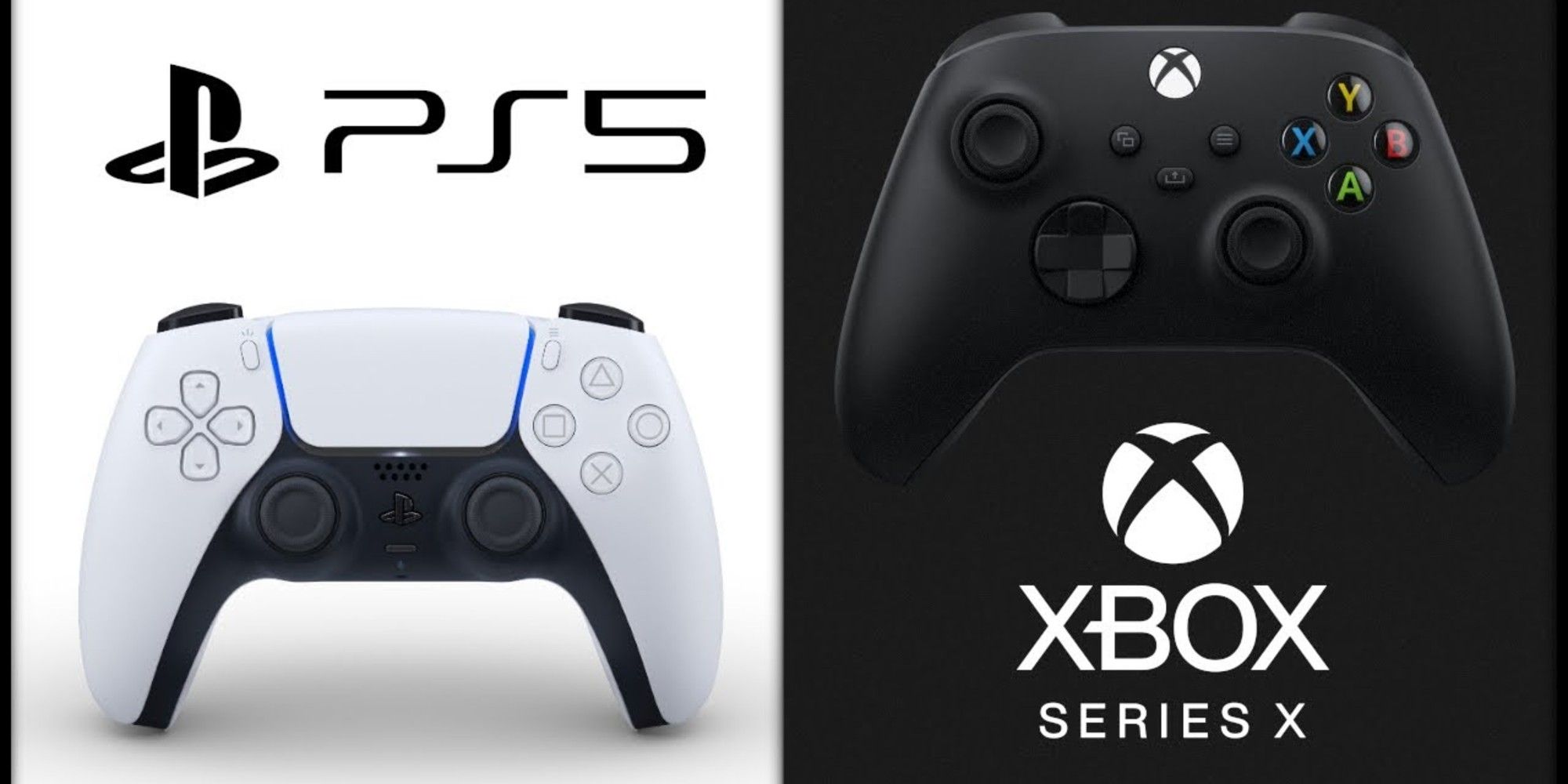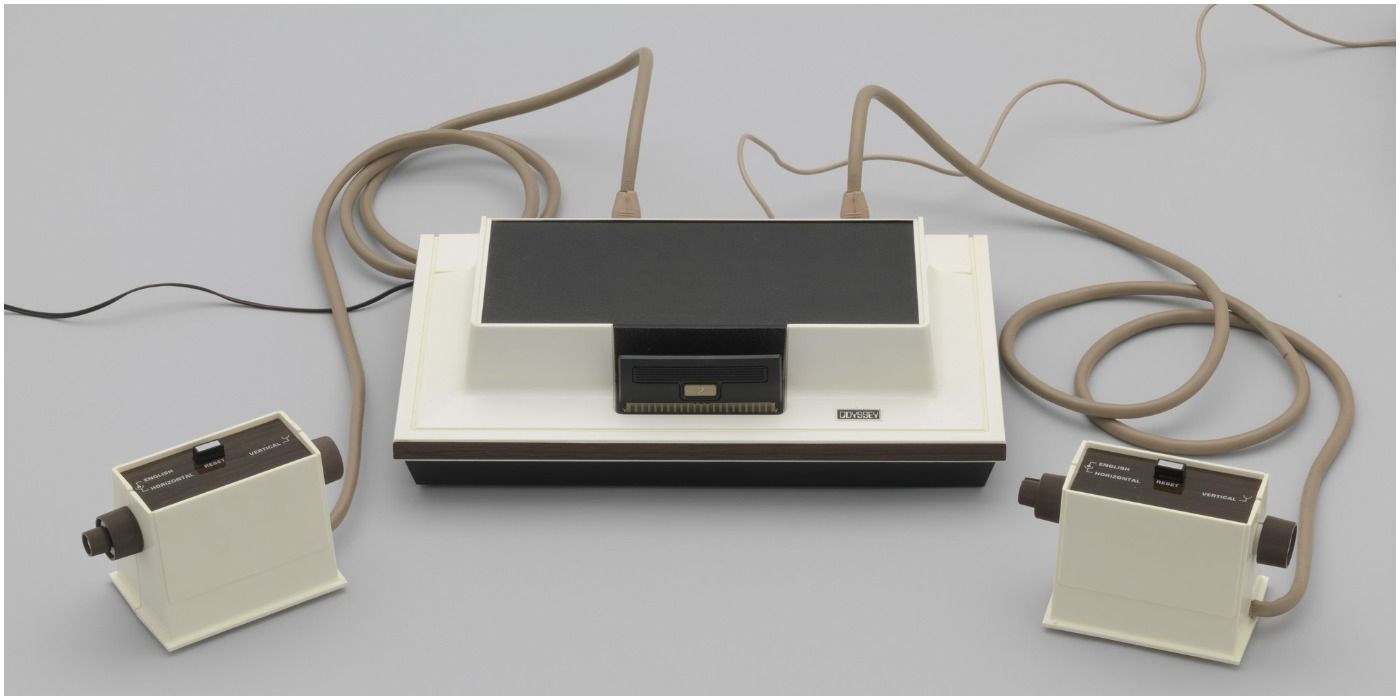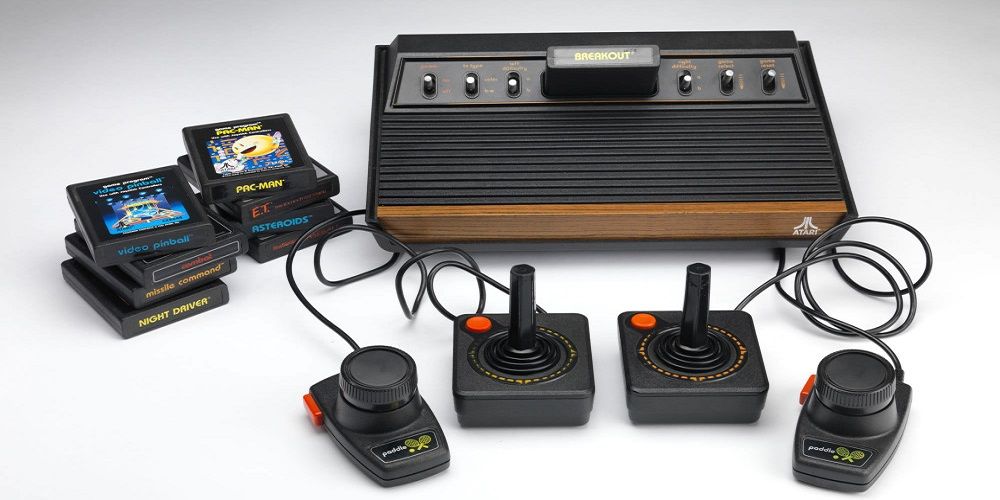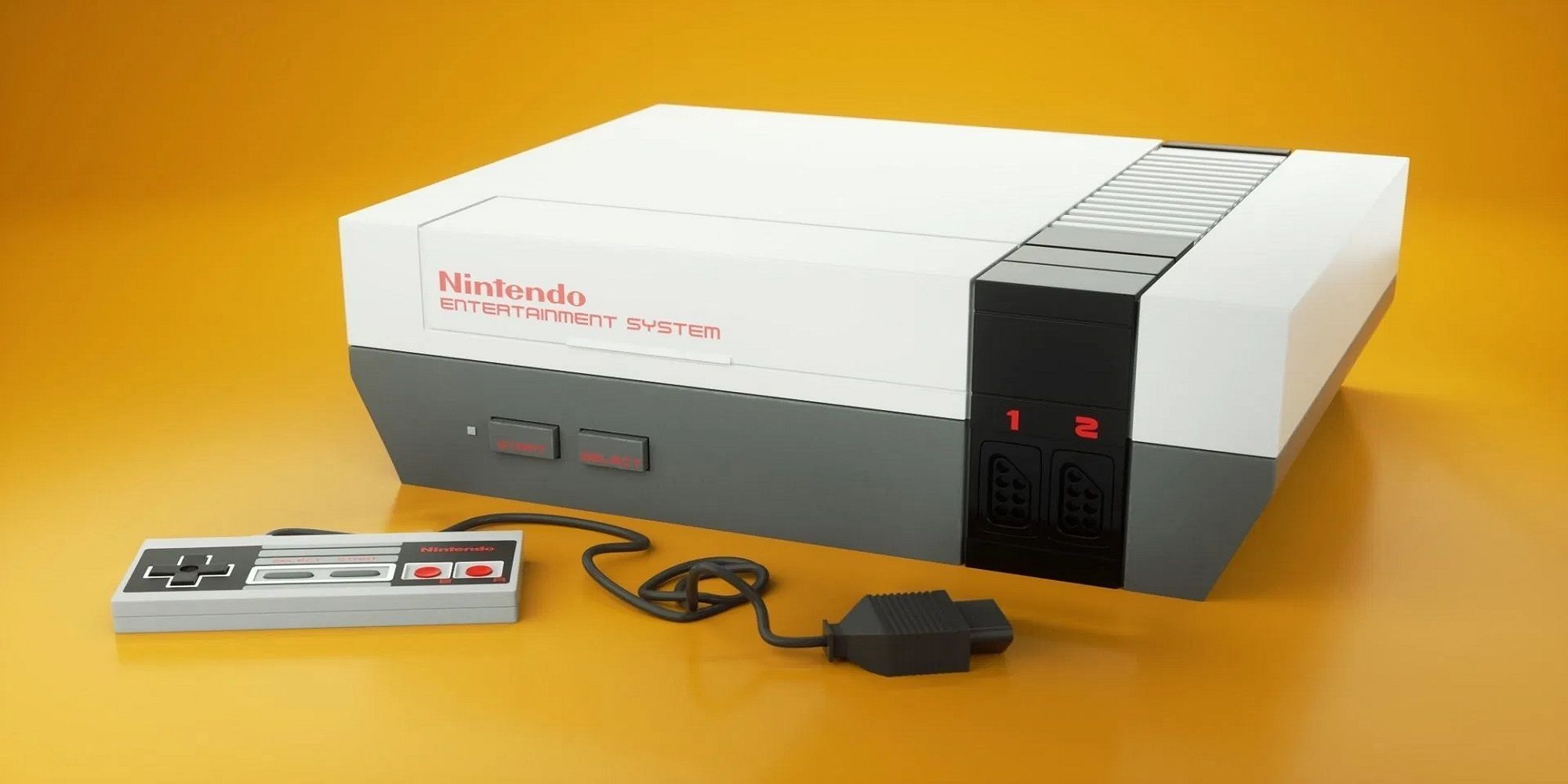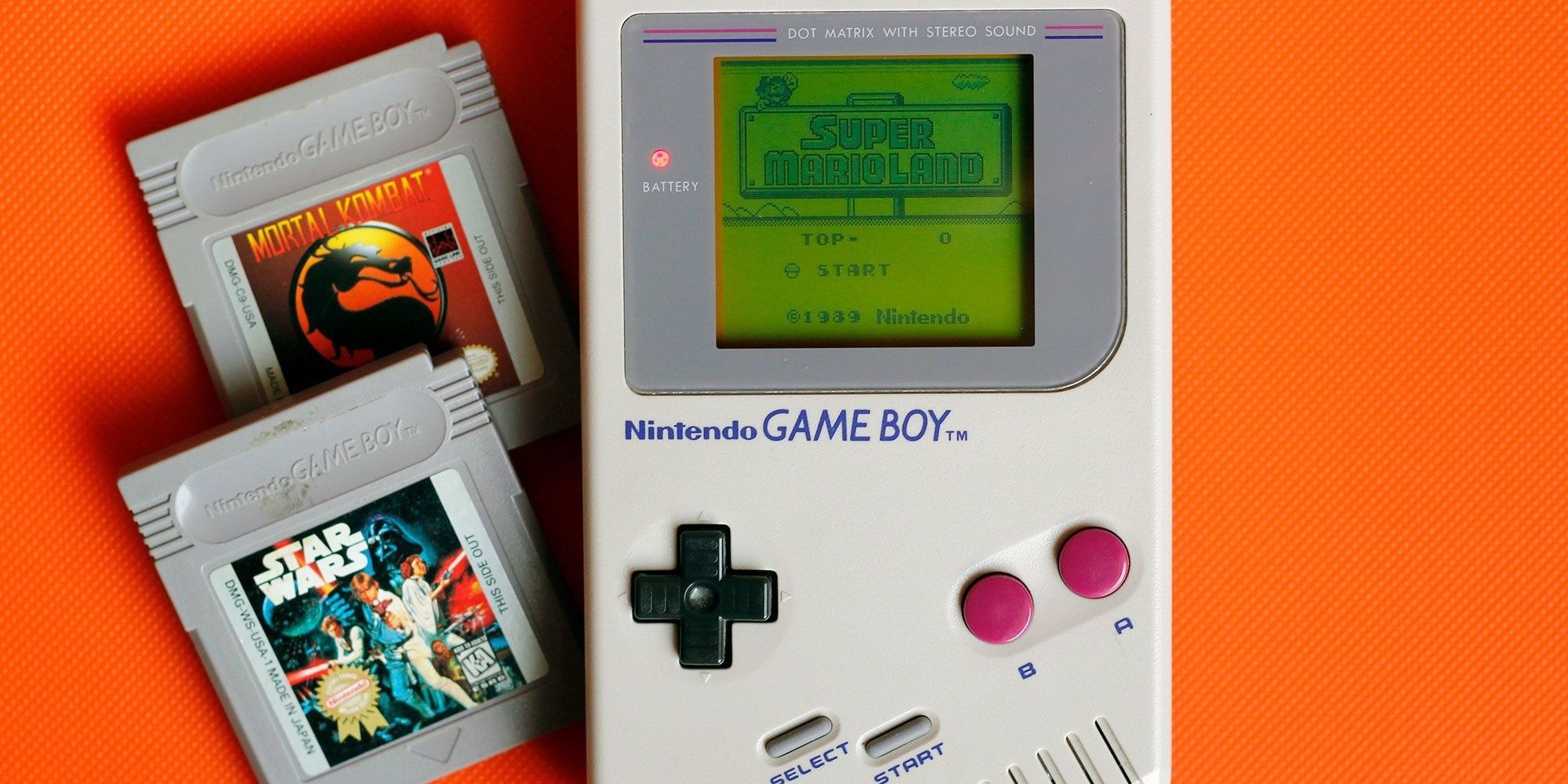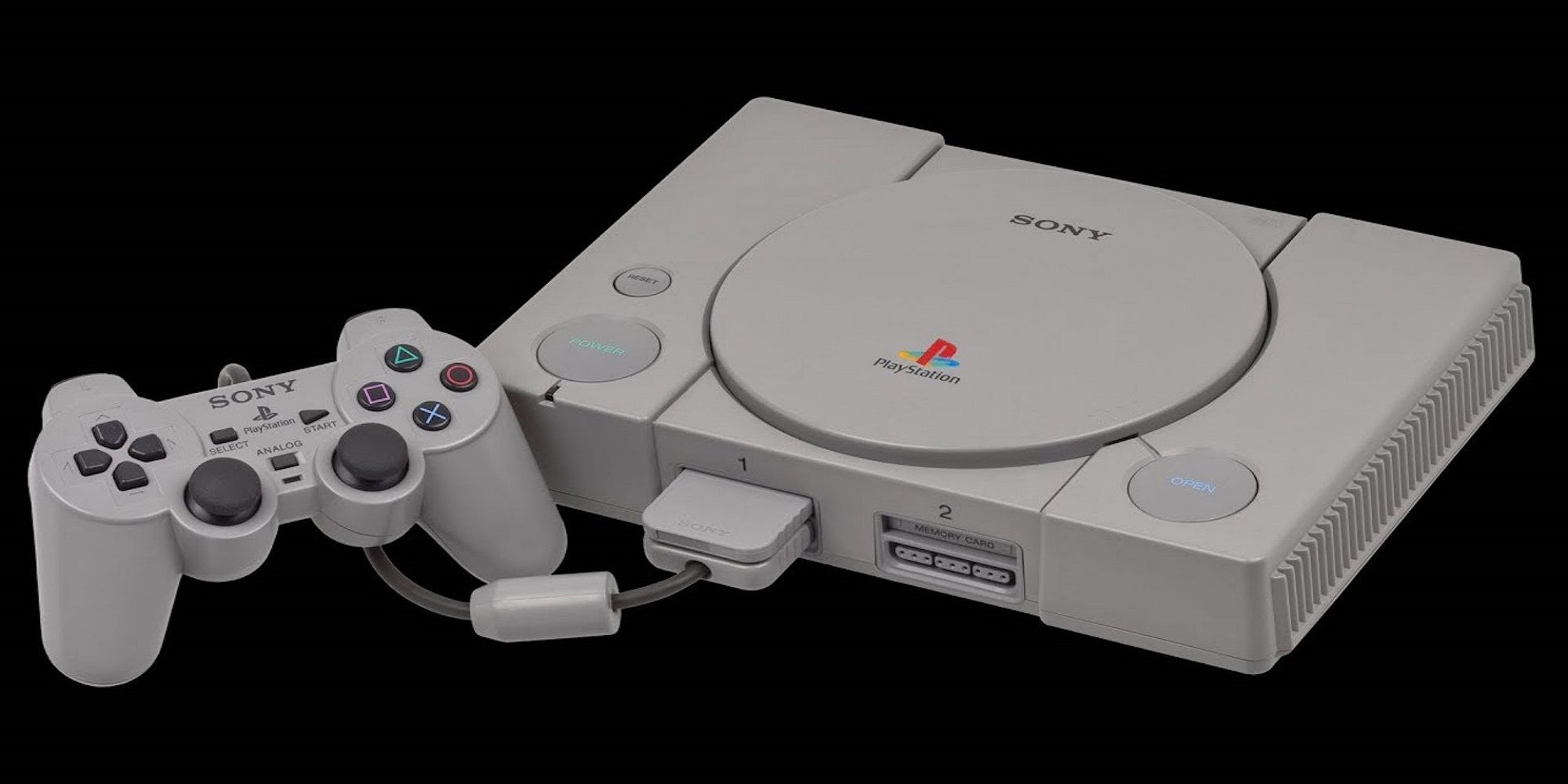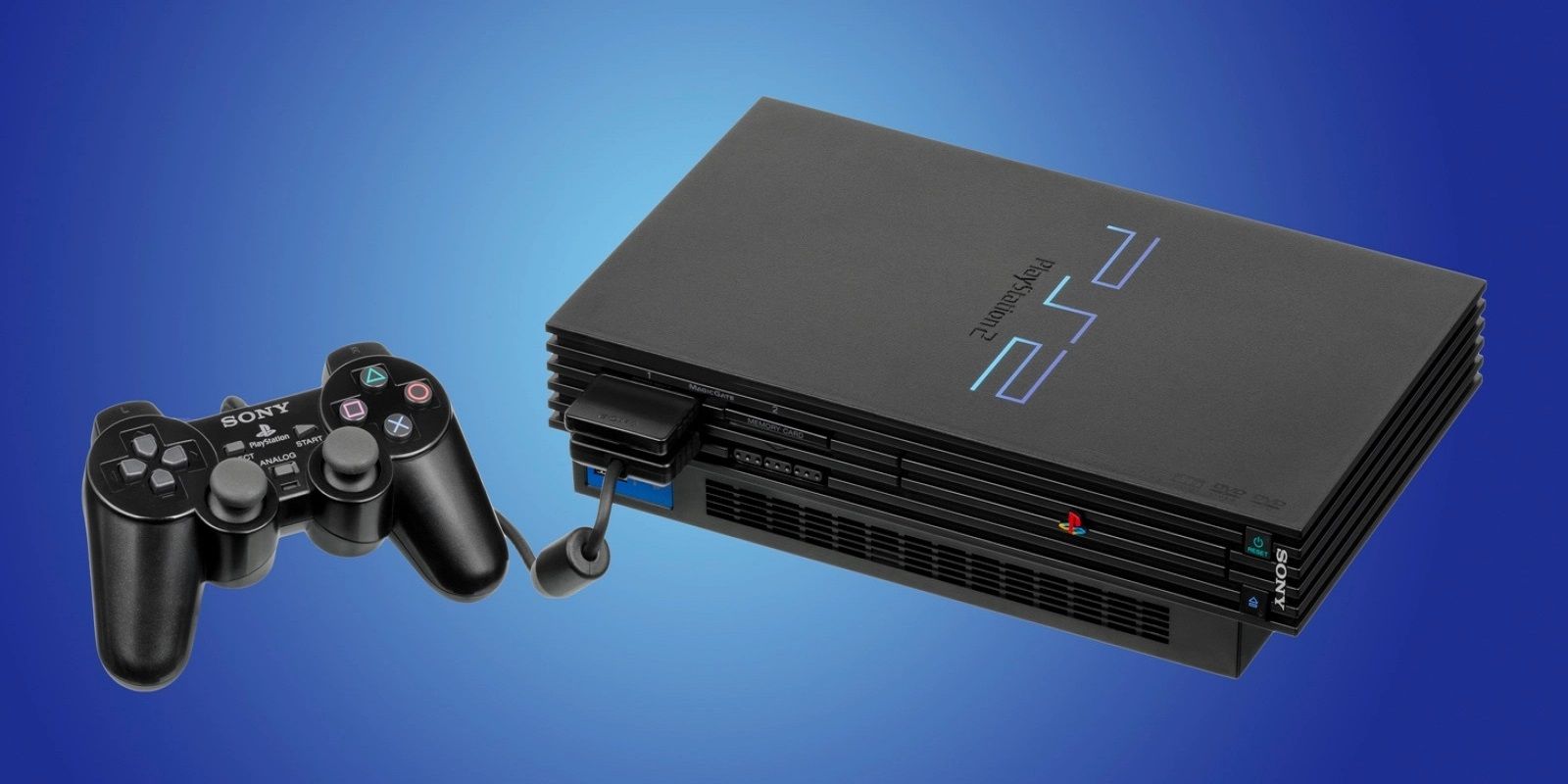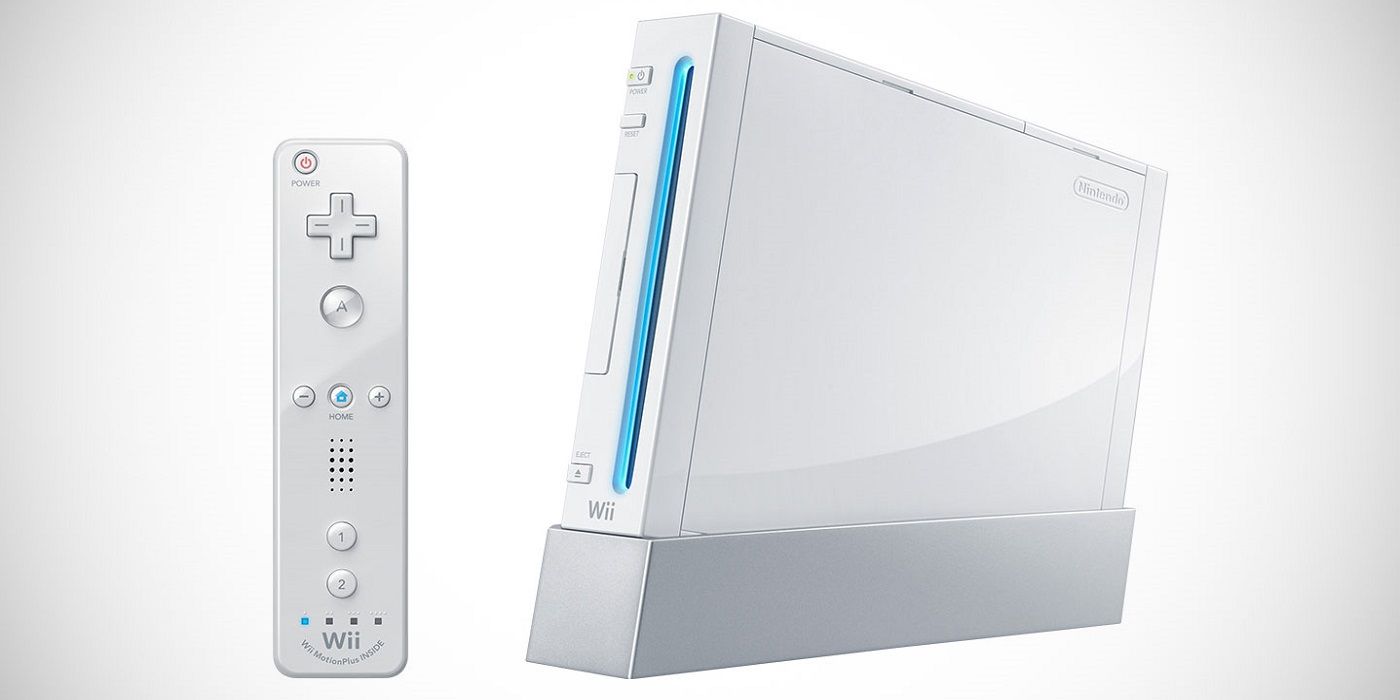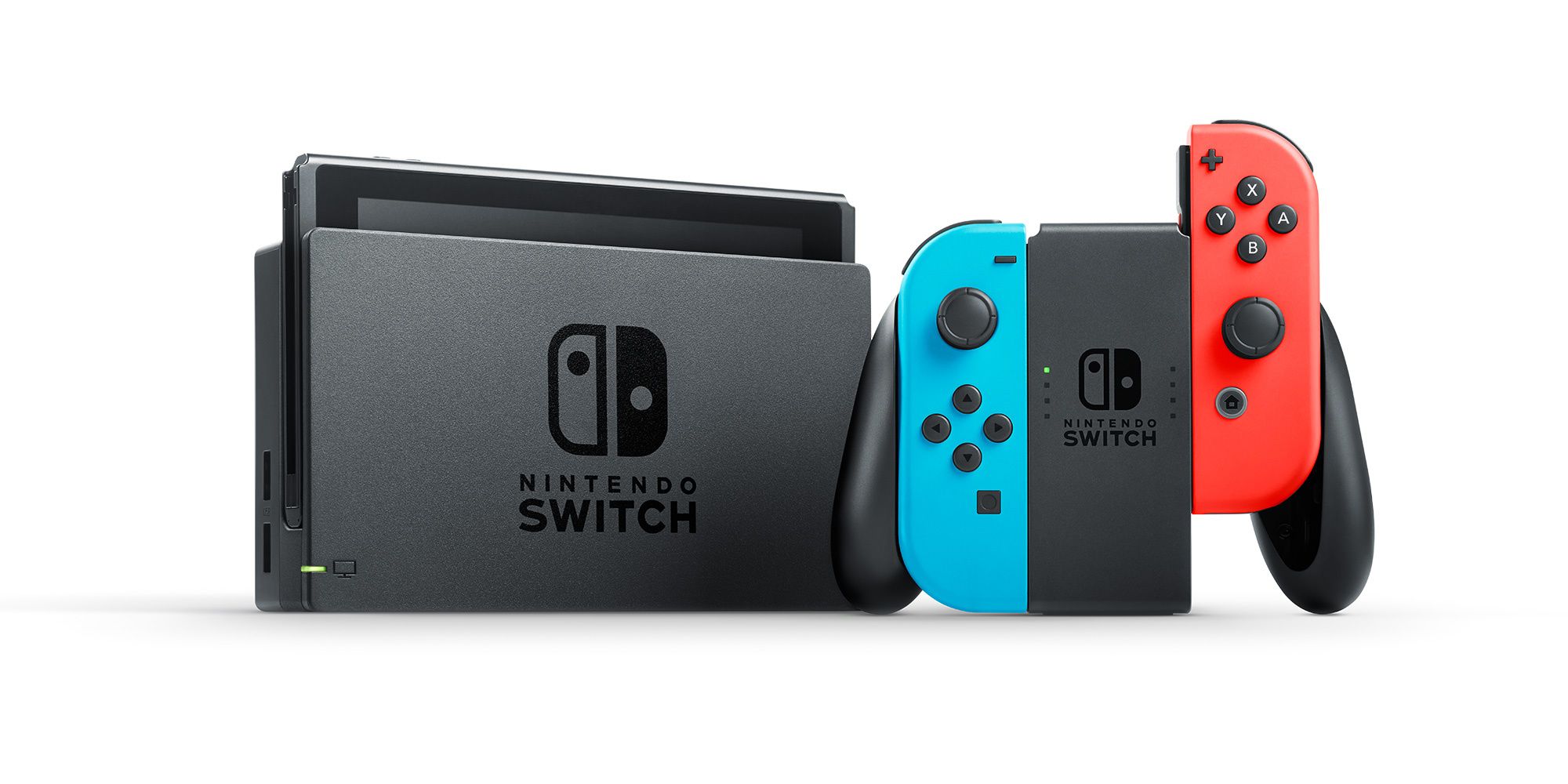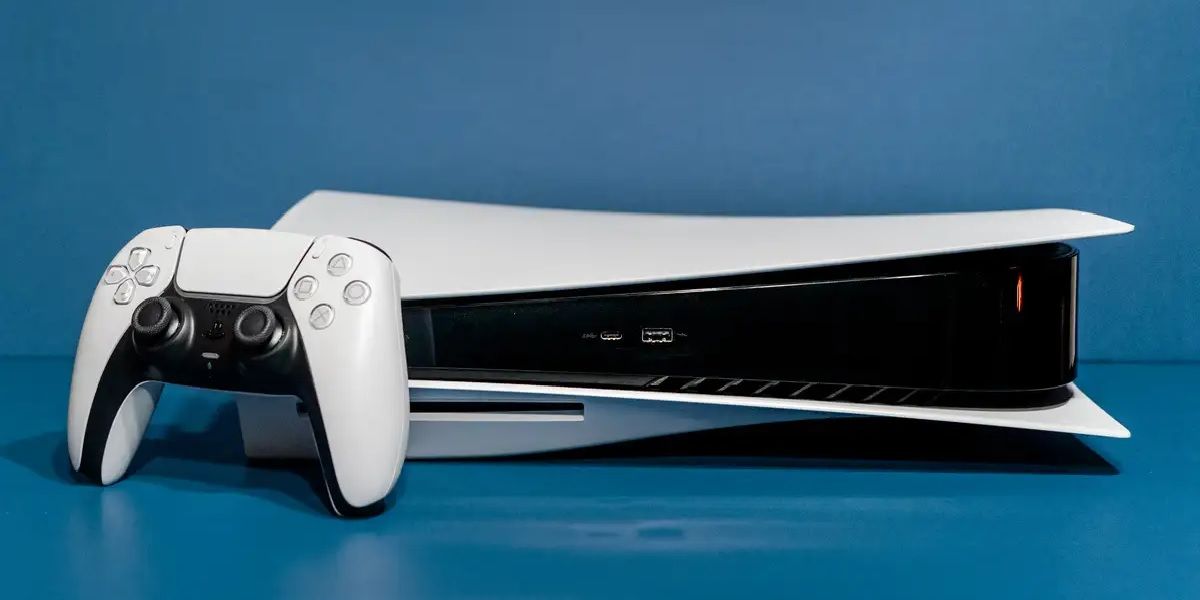Video game consoles came into existence long before the PlayStation or Xbox saw the light of day. And although Japan currently dominates a large portion of the console gaming market now with Nintendo and Sony, video gaming console's roots actually lie in the United States, where Ralph Baer first conceptualized "interactive television" in the 1950s while building a television from scratch.
This idea didn't pick up speed until the late 1960s and home consoles were on the market by the 1970s - approximately 25 years before the PlayStation first hit the North American market in 1995. Technology rapidly progressed throughout the 2000s and 2010s, resulting in some truly impressive consoles that would absolutely blow Ralph Baer's mind.
9 The First Generation Set Future Standards
The first generation of game consoles included the Magnavox Odyssey and Atari series of home game consoles. This generation comprised most of the '70s and made some breakthrough developments that set the stage for future gaming consoles. Sound and graphics were limited, but the Odyssey introduced one of the quintessential components to modern gaming: detachable controllers and other peripherals, such as light guns, that made the gaming experience more immersive. The Odyssey also used cartridges as part of its system, which became an important element in the second generation.
8 The Second Generation Benefitted From Microprocessors
The second console generation contained the Fairchild Channel F and Atari 2600 platforms, with the latter being the best-selling console of this generation. These consoles were popular for pretty much all of the '80s and were able to build on their predecessors' innovations. Notably, microprocessors became cheap during this period and developers were able to take advantage of this. The second generation brought the first games that were held on cartridges rather than on the system's hardware itself. The Atari dominated this period since they held exclusive rights to many of the most popular arcade games at the time.
7 The Third Generation Introduced Nintendo
Originally released as the Famicom in Japan, Nintendo dominated the console gaming market for much of the '80s and '90s. The third generation has also been called the 8-bit generation since it was the start of marketing and labeling systems by their processor capabilities.
The Sega and Nintendo consoles were notable during this time, with Nintendo introducing several long-standing game franchises such as Final Fantasy and Super Mario Bros. Another notable improvement was the ability to save games onto game cartridges with Nintendo's The Legend of Zelda being the first to offer this technology.
6 The Fourth Generation Established The Game Boy
Home consoles included new 16-bit systems like the Super Nintendo and Sega Genesis. In fact, Nintendo and Sega had a particularly fierce rivalry during the '90s, but Nintendo dominated overall. The most impressive achievement of this era might be the Game Boy, effectively cementing Nintendo's place in history when it comes to handheld consoles. The Sega Game Gear didn't do nearly as well in comparison, and the Game Boy would go on for many years to be the top choice for handheld gamers. Sound and graphics were greatly improved on all systems during this time.
5 The Fifth Generation Ushered In 3D Gaming
Notable consoles of the fifth generation include the Nintendo 64, Sega Saturn, and PlayStation. PlayStation especially dominated the gaming landscape of the late '90s. The introduction of fully 3D polygons revolutionized gaming in this era, giving gamers an experience like never before. Moreover, this is the era that brought CD-based gaming to the market. Compared to cartridges, CD games could hold much more data and therefore provide a longer, more detailed game. CDs were also cheaper to manufacture than cartridges, and many gamers flocked to the PlayStation's revolutionary take on gaming. Although it didn't do as well in comparison, the Nintendo 64 is still considered one of Nintendo's best consoles.
4 The Sixth Generation Revolutionized Online Gaming
This generation took up the late '90s and most of the 2000s. It also birthed the impressive Sony PlayStation 2 and Microsoft Xbox, marking Microsoft's entry into console gaming. This is also the last generation that Sega would attempt to make a console, with the Dreamcast being their final effort. Nintendo's GameCube failed to stand out in this generation, but the Game Boy Advance SP introduced the first back-lit Nintendo handheld gaming console, effectively continuing Nintendo's dominance in the handheld gaming market. Online gaming became very popular during this generation and the Xbox led the online gaming charge with games like Halo. The PlayStation 2, however, dominated sales in this era and has become the best-selling console in history.
3 The Seventh Generation Glorified Motion-Based Gaming
Starting in the mid-2000s and lasting into the 2010s, the seventh generation of consoles is notable for its introduction of motion-based gaming. The Nintendo Wii dominated this period in console history with its fresh and revolutionary take on playing video games. Software developers pivoted to considering motion-sensing mechanics in their own titles, with the Wii coming out with several games that took advantage of their innovative Wii-motes, such as Wii Fit.
Nintendo also reimagined their handheld system into the Nintendo DS with positive results. Other notable systems include Sony's PlayStation 3 and Microsoft's Xbox 360. Both systems made substantial upgrades to their hardware, especially Sony with their decision to include backwards compatibility and Blu-ray readability in the PlayStation 3's hardware. Unfortunately, this was too expensive to maintain, and Sony ultimately dropped backwards compatibility.
2 The Eighth Generation Introduced The First-Ever Hybrid Console
This generation had a longer-than-usual time period elapsing between new consoles with the first console for this generation released in the early 2010s. The major consoles of this generation include the Wii U, PlayStation 4, Xbox One, and Nintendo Switch. Sony and Microsoft made minimal changes to their hardware in terms of innovation, with Nintendo taking the prize in that category by releasing the Nintendo Switch in 2017 after the relative failure of the Wii U. The Switch is the first-ever hybrid console with three distinct modes of play: TV mode, handheld mode, and tabletop mode. Nintendo took this move to compete with the rise of mobile gaming and to attract a wider base of gamers.
1 The Ninth Generation Embraced Radical Redesigns
The release of Microsoft's Xbox Series X/S and Sony's PlayStation 5 in late 2020 ushered in the most recent console generation. Notable differences here include the use of solid-state drives in their hardware, allowing for faster computation and larger storage. Graphics processors were significantly enhanced, with these systems capable of 8K resolution in some cases, and Sony changed the color of its signature console for the first time since the PlayStation 2. They similarly made significant upgrades to its controllers.
It's worth mentioning that this generation was somewhat hampered by the Covid-19 pandemic, as worldwide supply chains slowed down or stopped, resulting in systems being in high demand but low supply. This led to people the world over snatching up consoles at record speed and selling them online for massive profit. Nintendo has yet to enter this generation since they're still riding on the commercial success of the Nintendo Switch. The Switch's innovation and affordability allow it to compete with the higher resolution and more expensive PlayStation 5 and Xbox Series X/S.

